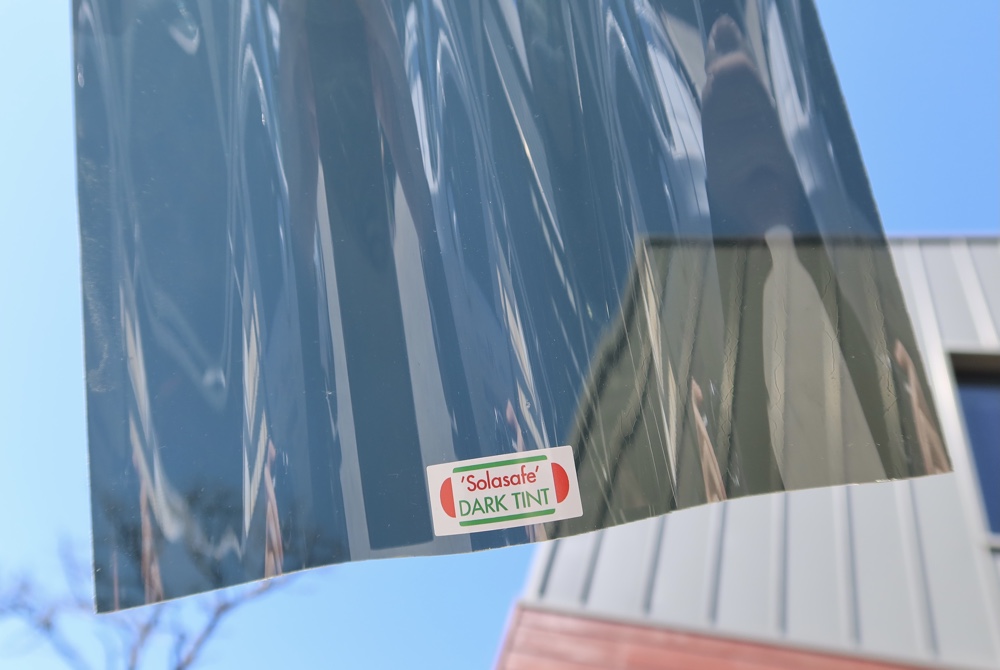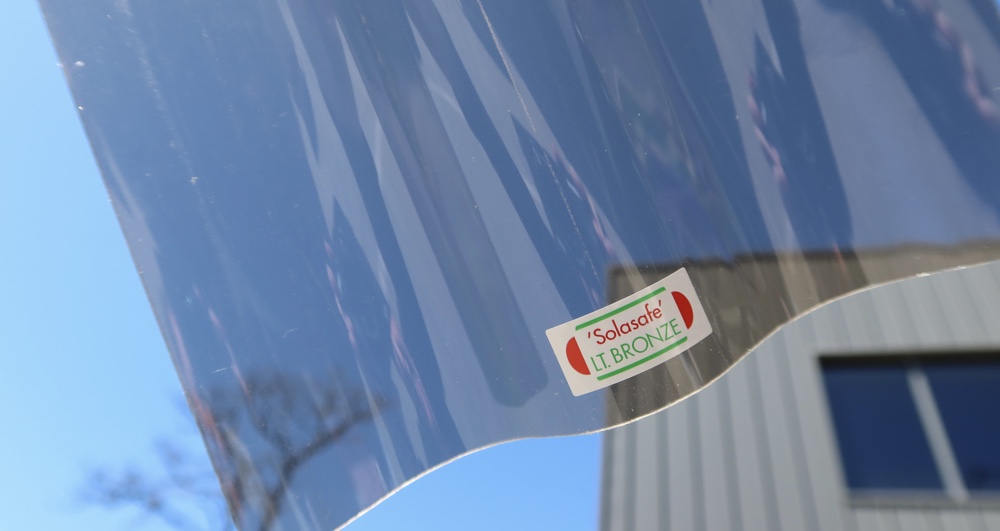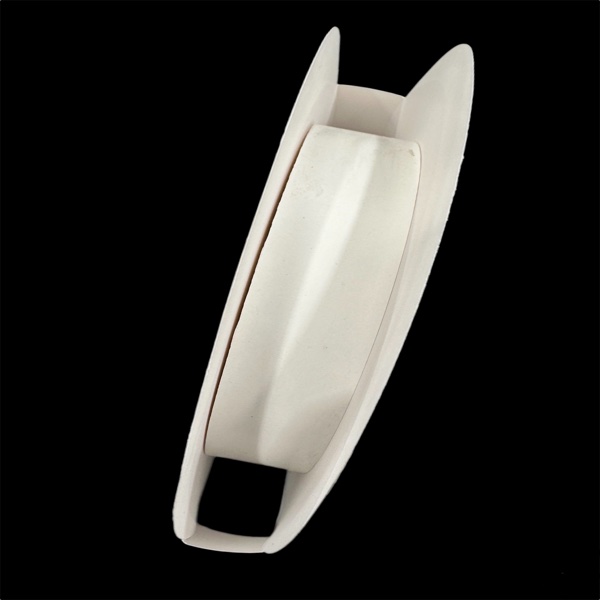Where are you shopping for today?
Delivery State:
Clear vs Tinted Corrugated Polycarbonate Roofing – What’s Best for Patios?
Our Ampelite® Solasafe® corrugated polycarbonate roofing sheets deliver strength, UV protection, and light control for patios, pergolas and outdoor areas. Choosing between clear or tinted sheets depends on how much sunlight and heat you want to let in. Here’s how to decide which is right for your project.
Clear Corrugated Sheets – Bright & Open
Clear polycarbonate allows up to 90% light transmission, giving patios and verandas a bright, airy feel. It’s perfect for shaded spaces or gardens where natural daylight is valuable. Clear sheets also make an excellent match for greenhouses and covered walkways.
- ✔ Best for shaded patios, verandas and greenhouses
- ✔ Maximum natural light with full UV protection
- ✔ Helps warm cooler spaces in winter
Tinted Corrugated Sheets – Cooler & Comfortable
Tinted options such as opal, grey or bronze soften harsh sunlight and reduce heat build-up. They block more infrared radiation, keeping outdoor entertaining areas comfortable through summer while still allowing a pleasant, filtered glow.
- ✔ Best for north- or west-facing patios
- ✔ Reduces glare and heat by up to 30%
- ✔ Adds privacy and modern architectural styling
Durability & Warranty
Ampelite® Solasafe® corrugated sheets are made from impact-resistant polycarbonate, around 250× stronger than glass. They include dual-sided UV protection and come with:
- ✔ Lifetime Warranty covering discolouration and light transmission loss (AS/NZS 4257.7 & 4257.4)
- ✔ 10-Year Hail Damage Warranty covering hailstones up to 25 mm in diameter under high-wind conditions
Installation & Compatibility
Install sheets with the UV-protected side facing the sun and allow for thermal expansion. Combine with custom flashings and rainwater goods for a weather-tight seal. Corrugated polycarbonate roofing integrates perfectly with Corrugated COLORBOND® steel sheets for mixed translucent and solid roof designs.
Delivery & Ordering
All corrugated polycarbonate roofing sheets are cut to size and securely packaged for delivery across VIC, NSW, QLD, TAS & ACT. Most orders dispatch within 3–7 business days depending on sheet length and tint.
Not sure which tint is right for you? Compare all Ampelite® Solasafe® polycarbonate roofing sheets here .
Metal Roofing Online is an Australian-owned supplier of BlueScope® and Ampelite® roofing products, delivering quality materials, expert support, and secure 24/7 online ordering.
Frequently Asked Questions
Should I choose clear or tinted corrugated polycarbonate?
Clear sheets maximise daylight (up to ~90% transmission) — ideal for shaded areas and greenhouses. Tinted options (opal, grey, bronze) reduce heat and glare for sun-exposed patios and outdoor living areas.
What warranties apply to Solasafe® corrugated sheets?
Ampelite® provides a Lifetime Warranty covering excessive discolouration (AS/NZS 4257.7) and light transmission loss (AS/NZS 4257.4) — ≤0.8%/yr for 15 years, then ≤1%/yr thereafter — plus a 10-Year Hail Damage Warranty for hailstones up to 25 mm with high wind.
Are the sheets UV protected on both sides?
Yes. Solasafe® polycarbonate features dual-sided UV protection to block 99.9% of harmful UV rays and maintain long-term clarity.
Do corrugated polycarbonate sheets fit with COLORBOND® corrugated roofs?
Yes — they integrate with Corrugated COLORBOND® steel sheets. Install with the UV side facing the sun, use compatible screws with neoprene washers, and allow for thermal expansion.
How long does delivery take?
Most corrugated polycarbonate orders dispatch in 3–7 business days, depending on length, tint and location across VIC, NSW, QLD, TAS & ACT.
What maintenance is recommended?
Rinse occasionally with fresh water and a soft cloth to remove dust and debris. Avoid abrasive cleaners or solvents to preserve the UV-protected surface.














